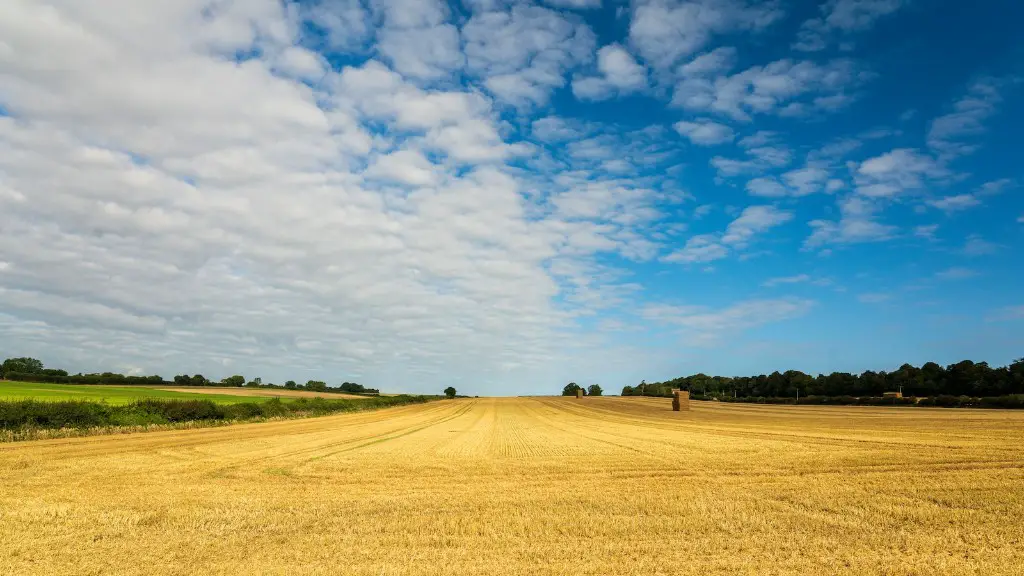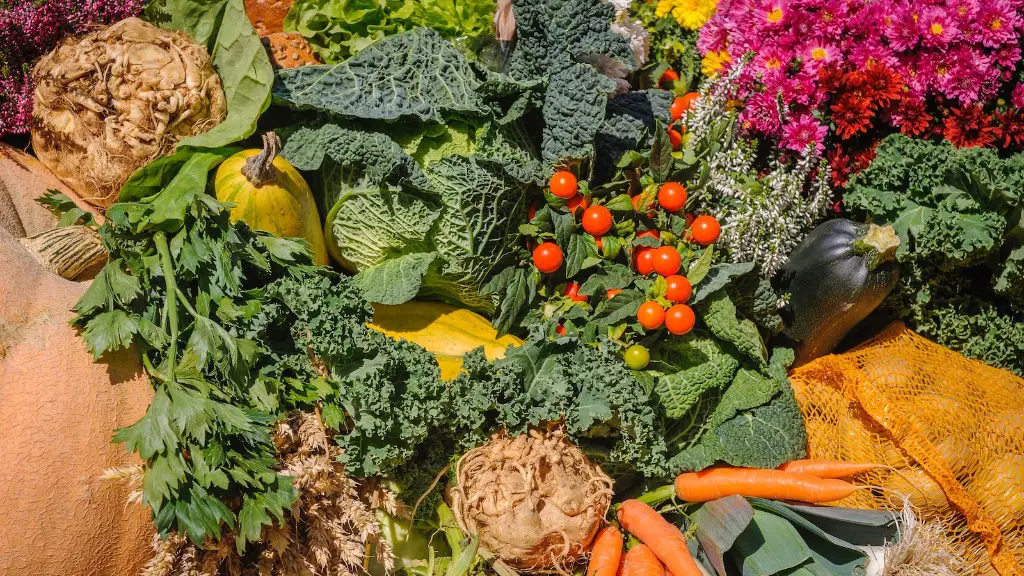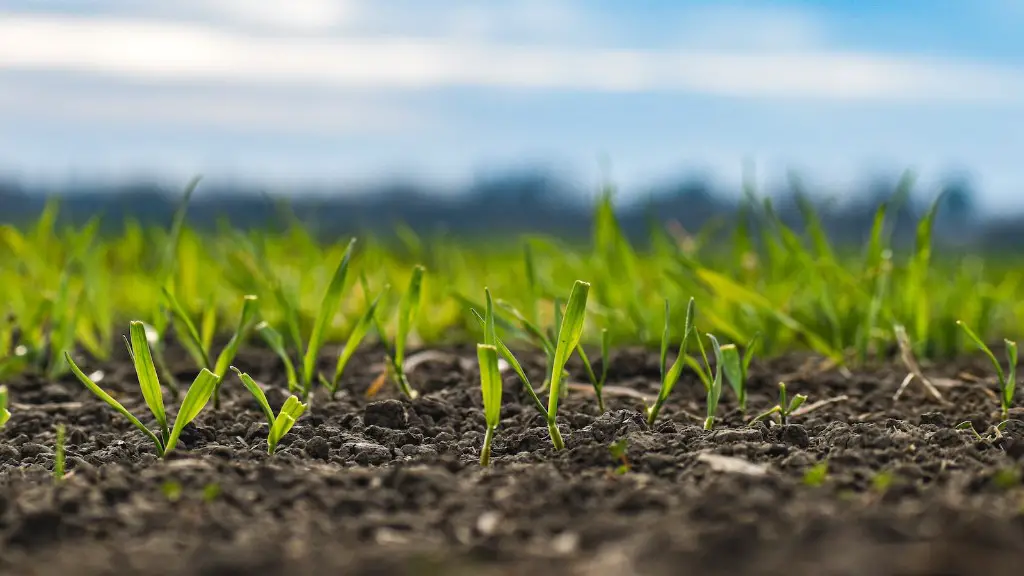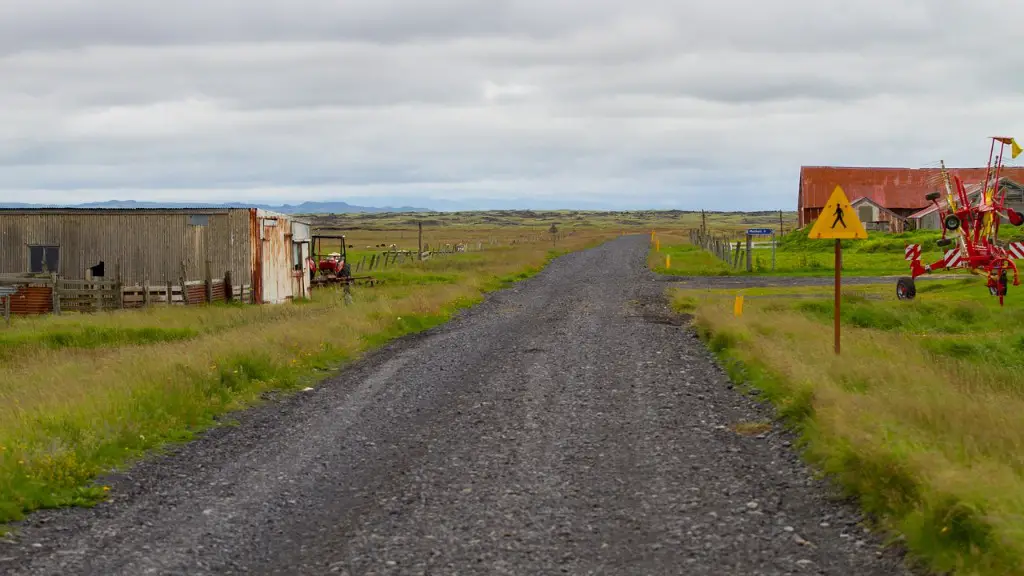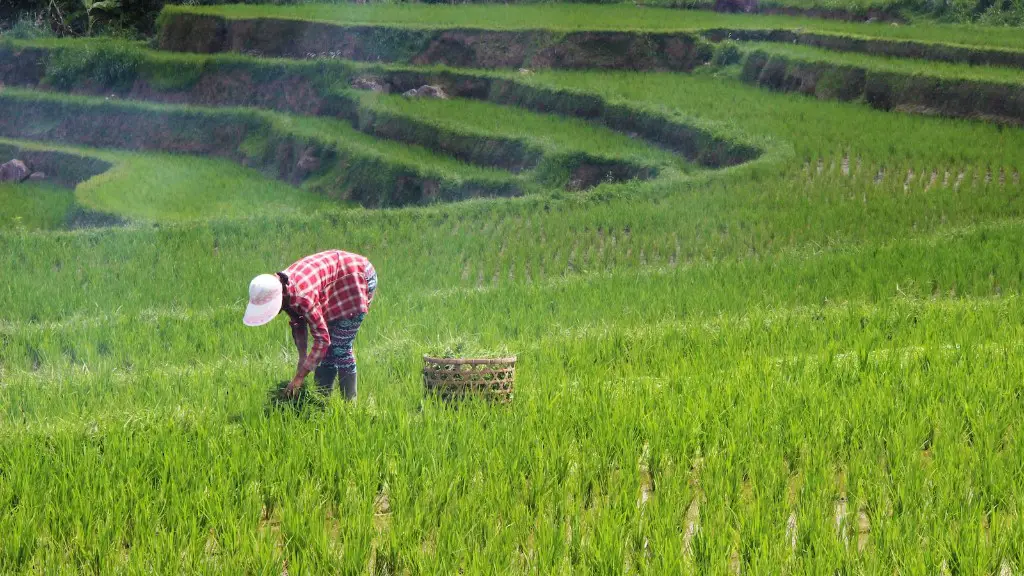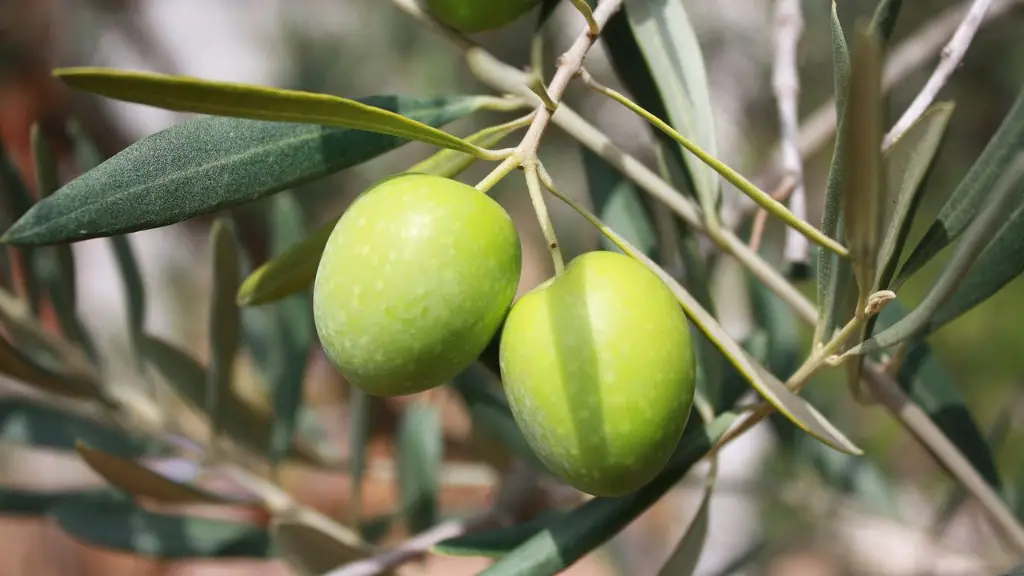Agriculture is one of the most important human activities in the world today. The agricultural sector consists of the practice of cultivating the land, raising crops and livestock, and harvesting the products. It is the science and art of producing food, feed, and other products through the cultivation of plants and animals. Agriculture is not only a source of food and livelihood, but also provides organic fertilizer, agricultural inputs, and non-food products. It includes activities such as agricultural production, marketing, processing, and distribution of food and related products, as well as farm management and land stewardship.
Agriculture involves the management of land and its resources for the purpose of producing a variety of food and fiber products. This includes the use of animals, machines and other tools, as well as methods of storage, manufacture and labor. The land used for agriculture is composed of various ecosystems, including both cultivated and wild areas. In addition to crops and livestock, other elements of agriculture include water systems, forestry, soil fertility, fertilizers, irrigation and pest management.
Agriculture involves the management of all aspects of farming, from land stewardship and soil fertility to crop rotation, pest and weed control, and the selection and propagation of plants and animals. Farm records must often be kept in order to determine how best to manage particular operations. Agronomists, researchers, and other agricultural specialists can provide advice and guidance regarding specific practices and strategies that will maximize productivity while protecting the environment and conserving natural resources.
In addition to the production of food and fiber, agriculture provides many other important benefits. It helps to conserve biodiversity and the environment, and can create economic opportunities for small and medium-sized farmers. Agriculture also plays an important role in providing energy and helping to reduce global warming. Sustainable agricultural practices can help to maintain and restore soil fertility, improve water quality, protect groundwater, and reduce soil erosion.
Agriculture is a major source of employment and income in many communities, especially in areas where land resources are limited. It also has a significant impact on the global economy, with its products contributing to the growth of many industries and providing a variety of jobs. Agriculture plays an important role in helping to alleviate poverty, reduce hunger, and promote food security.
Crop Production
Crop production is the primary activity of agriculture and is the process of raising crops for food or feed, fuel or fiber. It involves preparing the land and soil, planting, cultivating, and harvesting the crop. It is an essential part of the food production system in many parts of the world, as well as an important source of income for farmers and other agricultural stakeholders. Crop production utilizes a variety of equipment, techniques and technologies to maximize yields and ensure optimal crop quality. The type of crop and the specific circumstances of the farm or region determine the exact practices used to ensure successful crop production.
Crop production involves selecting the type of crop and variety, obtaining land and obtaining the necessary resources such as seed, fertilizer, irrigation and farm management. Crop rotation, soil preparation and fertility, pest and disease control, crop protection, and harvesting are essential components of successful crop production. Sustainable practices such as integrated pest management, soil conservation, and crop rotation can help extend crop production cycles and conserve the environment.
Irrigation is often an important part of crop production, as it can improve or extend the growing season, reduce disease, increase crop yields, and conserve water. Water sources, such as wells and ponds, must be identified and developed or contracts with other sources secured, in order to provide the necessary irrigation. Planting and harvesting times must also be determined in order to maximize yields.
Harvesting is the process of gathering and processing the crops. Harvesting equipment, such as combines and tractors, must be maintained and operated properly in order to ensure optimal results. Labor is also essential for successful harvesting practices. Post-harvest techniques, such as drying and storage, help to minimize losses.
Livestock Production
Livestock production is another essential component of agriculture. The aim of livestock production is to provide meat, milk, eggs, hides, and other animal products for consumption, as well as for use in other industries. Livestock production requires a variety of inputs ranging from land, feed, housing and labor to veterinary care and access to markets.
Animal housing should provide animals with an environment that ensures their welfare and safety. Housing, feed, and veterinary care systems must be appropriate for the species and the type of production. Animal husbandry is an integral part of livestock production and must be managed properly in order to maintain animal health, prevent diseases, and increase productivity. Management practices such as vaccination, deworming, and parasite control are important for the health of animals and the quality of the products they produce.
Livestock are also often an important source of manure, which can be used as a natural fertilizer to improve soil fertility. Nutrient-rich animal manures can support plant production and contribute to soil health. Livestock production contributes significantly to global greenhouse gas emissions, so reducing emissions and the consumption of feed and medications can help to reduce its environmental impact.
The marketing of livestock products is an important part of the industry, involving strategies such as branding, marketing of specialty products, and genetic diversification. Processing and distribution of meat, eggs and dairy products must be done safely in order to meet food safety standards and the demands of consumers.
Fisheries and Aquaculture
Fisheries and aquaculture both involve the harvesting, processing, and marketing of aquatic products such as fish and shellfish. Fisheries and aquaculture production are essential components of local, national and global food security. The sector provides a source of employment, income and nutrition for millions of people. However, the sector can have significant impacts on the environment, and it is important that sustainable principles and practices are employed to ensure sustainable and responsible production.
Fisheries involve the capture and harvesting of wild-caught fish from natural aquatic habitats, such as oceans, rivers and lakes. Aquaculture involves the rearing of aquatic organisms in controlled settings, such as ponds and tanks, with the goal of producing a variety of products such as fish, shrimp, and shellfish. Aquaculture is an important source of fish and shellfish in many parts of the world.
Both fisheries and aquaculture require careful management in order to ensure sustainability. Small-scale and family-based activities can support the local economy, but can also lead to overfishing and other environmental problems. Management systems such as catch limits, gear restrictions and habitat protection can help to protect aquatic resources and ensure sustainable production.
Marketing is an important component of fisheries and aquaculture production. The sector can be highly competitive and it is important to identify and target specific markets in order to be successful. Processing, packaging and distribution are also significant challenges, and it is important to ensure that standards are met in order to guarantee product safety.
Forestry and Wildcrafting
Forestry is the science and art of managing forests and plantations for multiple purposes including timber and non-timber products, as well as wildlife, recreation, and watershed protection. Wildcrafting is the practice of collecting, harvesting and using wild plants for food, medicine, and other commercial or subsistence purposes. Both forestry and wildcrafting are important components of the agricultural sector, as they provide food and medicinal products, as well as fuel and construction materials.
Management of forests and plantations is an essential part of forestry and includes activities such as timber harvesting, wildlife and habitat management, and fuelwood. The sustainable management of forests and wildlands is an important goal of forestry and is necessary to ensure sustained production and environmental protection. Harvesting, processing, packaging and marketing of forest and wildcrafted products must also be managed in order to ensure the safety of consumers and to maximize returns.
Wildcrafting is often done on a small scale by individuals who have knowledge of local plants and their uses. It is important to be aware of regulations, as well as the dangers of harvesting potentially poisonous plants. Sustainable harvesting practices and proper preservation of products are essential for the continued availability of wild resources.
Forests and wildlands provide vital habitat for wildlife and source of carbon storage. Conservation efforts are important to ensure the continued availability of these resources. Improved policies and better enforcement of environmental regulations are essential to ensure sustainable forestry and wildcrafting practices.
Agricultural Businesses & Cooperatives
Agricultural businesses and cooperatives are essential elements of the agricultural sector. Cooperatives are organizations owned by and working for the benefit of their members and are often involved in the production, processing, and marketing of agricultural products. Agricultural businesses can play an important role in the local food system, providing access to resources, markets, and support services.
Agricultural businesses and cooperatives must comply with all relevant laws and regulations, and must also manage their finances and operations in order to ensure their long-term viability. To be successful, businesses and cooperatives must develop strategies to identify target markets, secure resources, collaborate with other organizations, and ensure the quality and safety of their products. It is also important to develop good business and management practices to ensure the efficient operation of the organization.
Data-driven decision-making is an essential component of agricultural business and cooperative management. Businesses and cooperatives must have accurate and up-to-date information on production costs, market prices, and consumer preferences in order to optimize their operations and maximize profits. They must also be aware of trends that affect the production, processing, and marketing of agricultural products.
Agricultural cooperatives and businesses can contribute to the development of rural and marginalized communities. They can provide education, employment opportunities, and access to markets. They can also facilitate the access to services and resources, such as credit, inputs, and training, that are essential for the sustainability and success of the agricultural sector.
